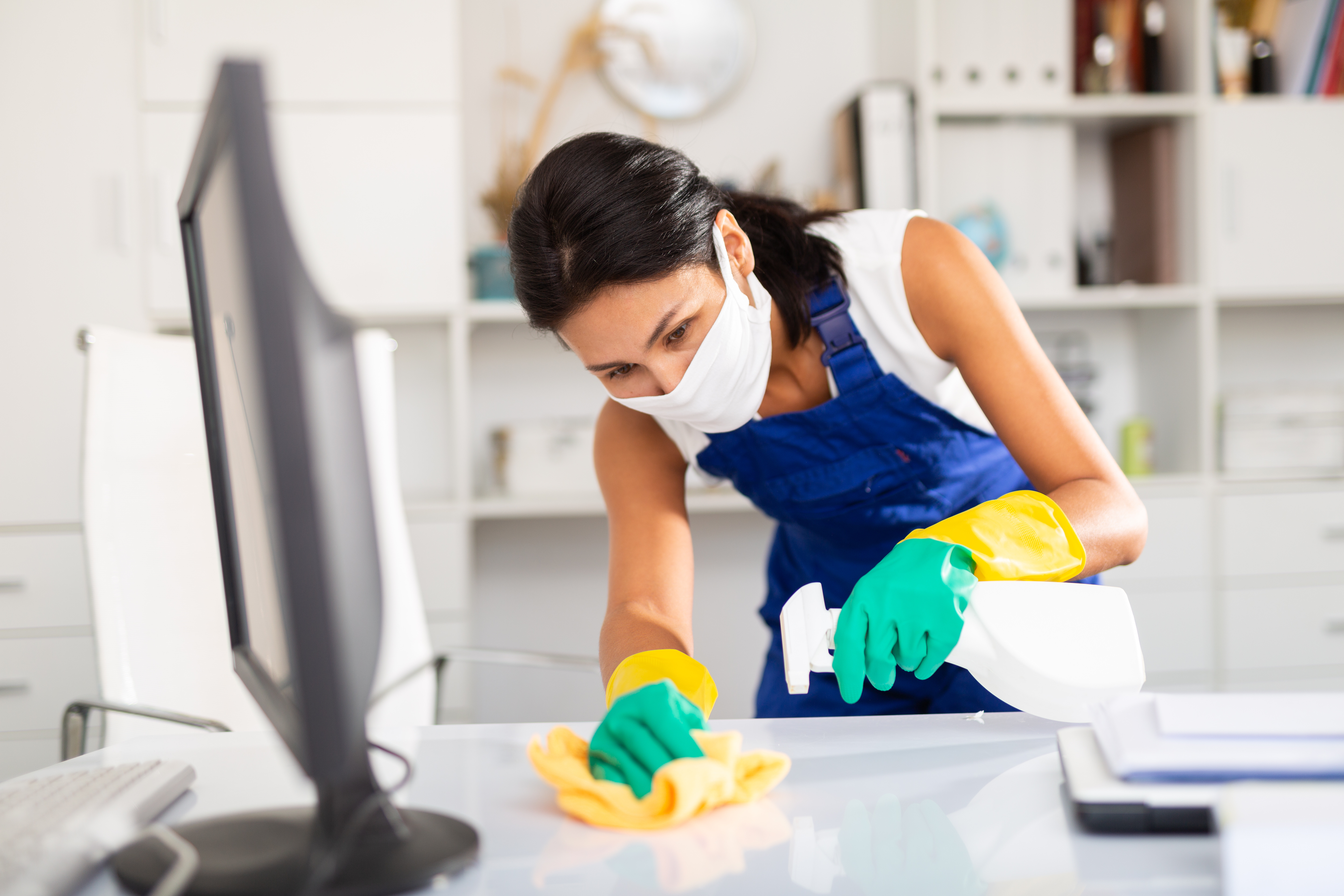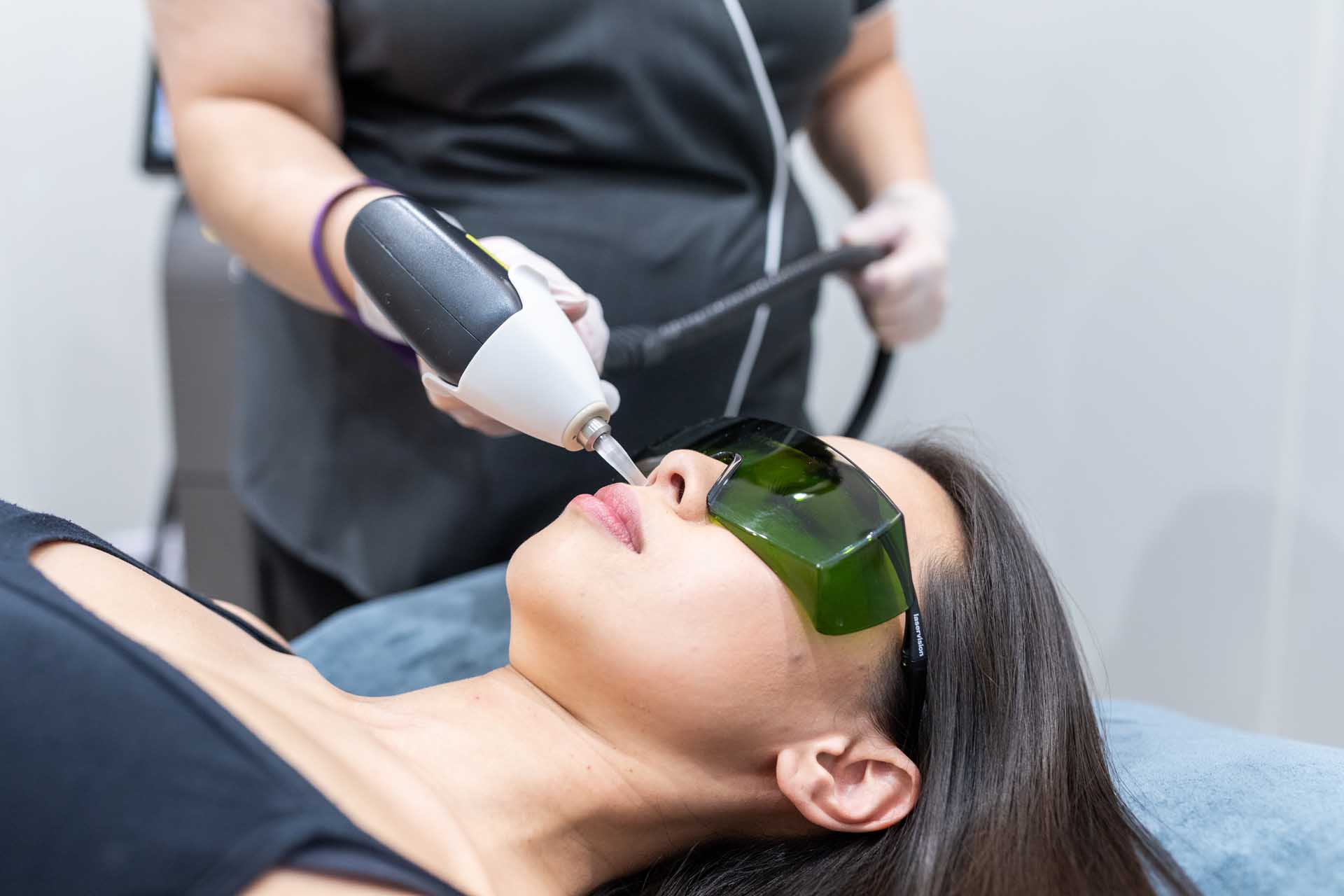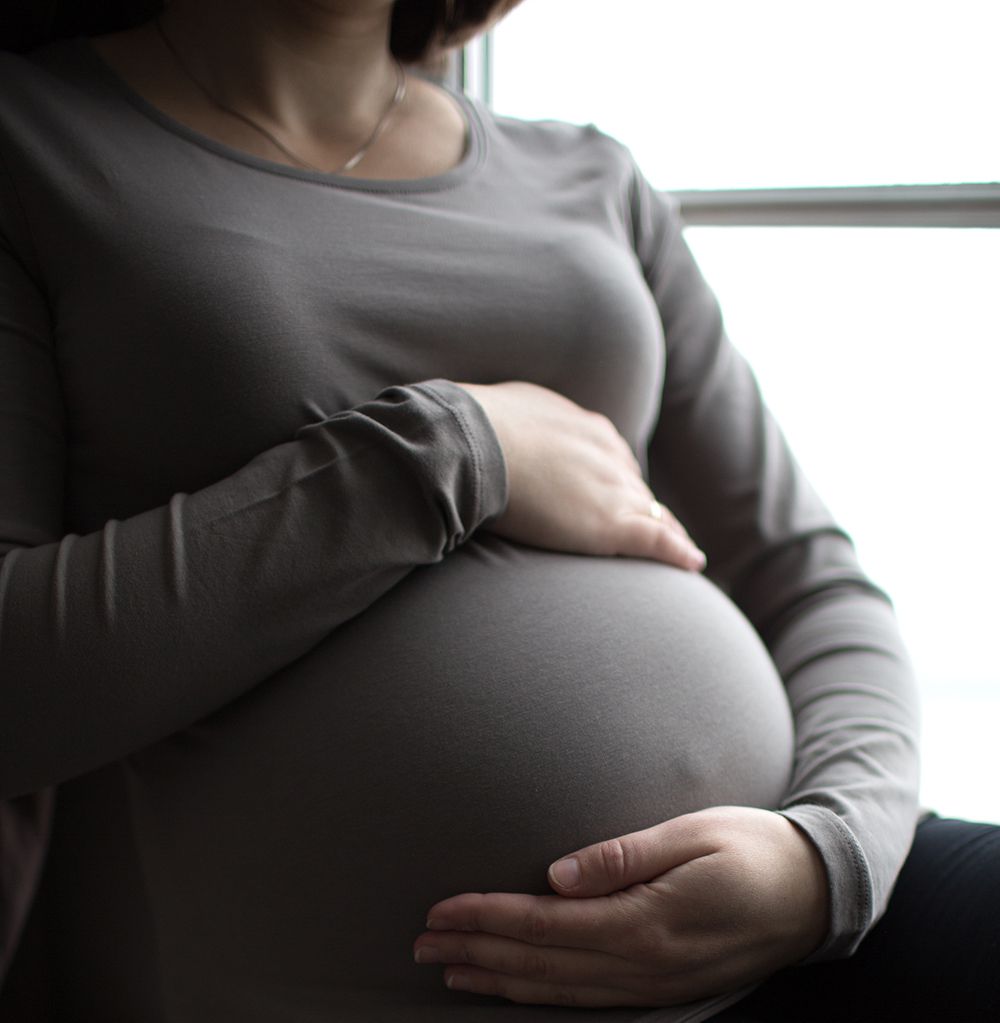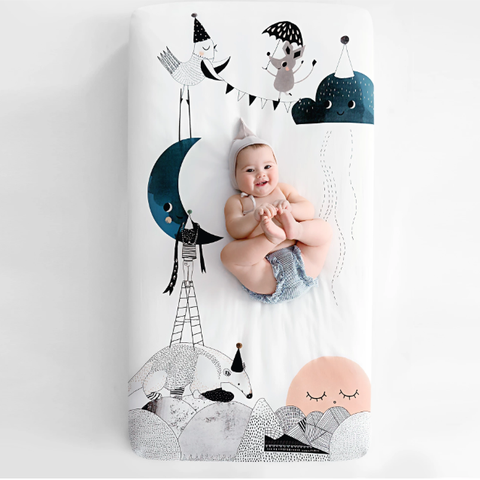
The warts. There’s a good chance that you’ve had one at some point in your life. As harmless, non-cancerous growths, warts can affect anyone at any age and can appear on any part of the body.
A wart is caused by infection with one of the many types of human papillomaviruses (HPV). The purpose of this article is to explain how Wart removal in Derby works.
The Wart Factor You Should Know
HPV is the virus that creates warts, which can be smooth and flat or dark brown or gray and rough and skin-colored. Common types of warts occur around the nails, on the backs of hands, and on the fingers. Warts that develop on the soles of the feet, also known as plantar warts, can cause significant pain.
As many as 100 flat warts can be found in a group at a time. They are usually smaller and smoother than other warts. The filiform wart commonly affects the nose, eyelids, and face area, and looks like a long thread.
The virus is more likely to enter the top layer of skin when there is a break in the skin. Warts can be prevented by washing your hands often, keeping your skin moisturized to prevent it from getting cracked and bleeding, and wearing slippers in public showers and locker rooms.
Dr. Patel says that warts are contagious and can be spread by touching a wart on another’s body or a surface that has been touched by a wart. Additionally, warts can be spread from one part of the body to another, so when you come into contact with one, you should always wash your hands.
Additionally, you should not bite your fingernails or cuticles or share towels, socks or razors with someone who has a wart. It’s possible to spread a wart through your own razor if you shave over one.
The Best Way to Remove Warts
It usually takes months or even years for warts to disappear on their own. To avoid spreading your warts, it is advisable to treat them as soon as possible since they are so contagious.

Some warts are effectively treated with over-the-counter medications, but not all. A dermatologist can remove your warts in his office if they are too stubborn to be treated with non-prescription medicine. The following treatments can help you remove warts:
Cryotherapy
Liquid nitrogen is used to freeze and destroy warts in cryotherapy, also known as cryosurgery. Through the application of liquid nitrogen with a cotton swab, the wart is quickly frozen. At the cellular level, the wart is destroyed as the tissue slowly thaws. It may take three to six weeks for the affected area to heal after freezing.
Cantharidin
A physician uses cantharidin to treat warts by painting it onto the wart and covering it with bandages for 24 hours. Blisters will form following the virtually painless procedure. During the drying process, the wart and dead skin cells will fall off.
Electroscopic surgery
An electrical charge is sent through a needle during electrosurgery to burn away warts. In the first step, a local anesthetic numbs the skin around the wart before applying a charge to dry out the wart and burn it off. It is possible for a scar to remain after a wart removal procedure.
Curettage
Known commonly as electrosurgery in conjunction with curettage, curettage is a surgical procedure used to remove warts by cutting them away or scraping them with a small, sharp tool. Warts can recur after the procedure, which involves local anesthesia and can cause scarring.
Medications such as bleomycin, an anti-cancer medicine, may be used if other treatments don’t work. Laser therapy is also an option for stubborn warts that don’t respond to other treatments. A patient’s immune system can sometimes be boosted with interferon shots to fight off HPV more effectively through immunotherapy.









